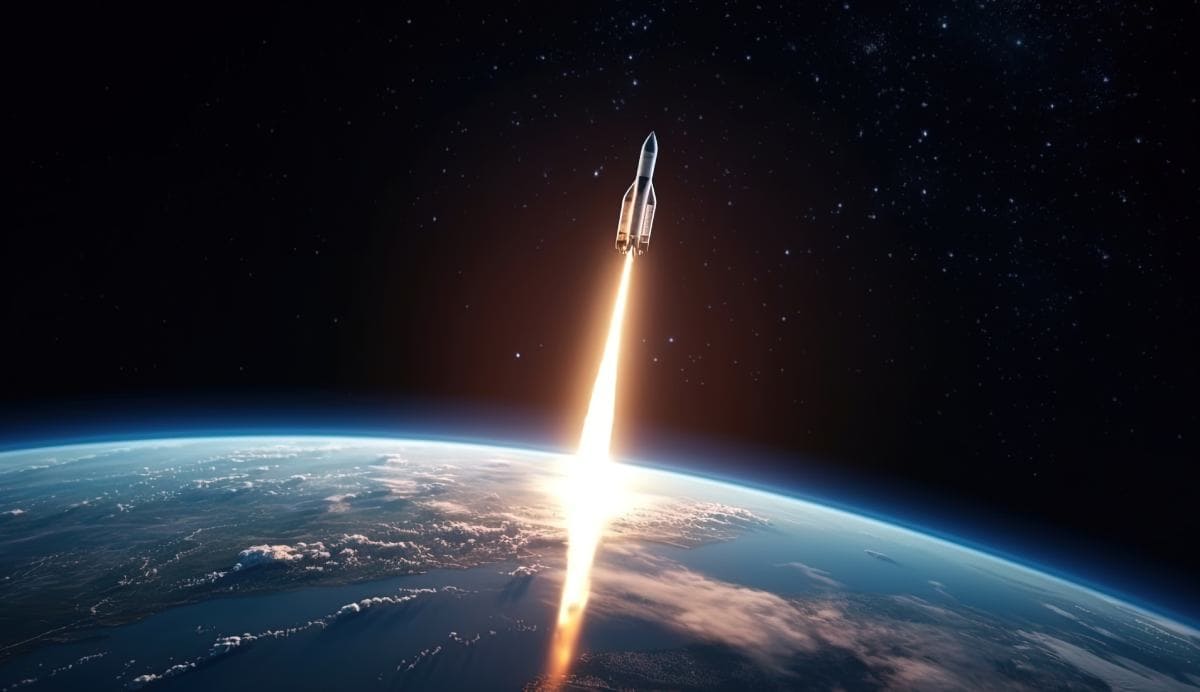
While Billionaires like Jeff Bezos and Elon Musk have turned space into a playground, experts have argued that the need of the hour is a paradigm shift especially in space technology; which has shown tremendous promise in aiding humanitarian crises, and in climate adaptation and mitigation. When it comes to renewable energy, the French business Leosphere created a compact gadget to monitor wind speed and direction from the ground up to heights of 200 metres in order to maximise the amount of electricity generated by new wind turbines. The ‘lidar’ technology is similar to what the European Orbit Agency (ESA) plans to employ on its Aeolus satellite to give worldwide wind profile data from space. The Italian business Flyby’s ‘SolarSAT’ can precisely anticipate the power production of photovoltaic power plants by using data from meteorological satellites. This data is used to improve systems and promptly iden- tify defects in photovoltaic plants in operation - flaws that can lower energy production by more than 10% per year. In Italy, this system has already been implemented on a number of photovoltaic installations. It helps reduce emissions from heating systems, through miniaturized ceramic gas sensor technology, initially devel- oped to measure oxygen levels around spacecraft reentry vehicles. It is now being employed in systems that precisely manage heater combustion, one of the most polluting sources. “It can help the environment by reducing dangerous exhaust gases and ensuring that heating systems operate at their best.” It also cuts fuel usage by 10–15 percent,” said TU Dresden’s Rainer Baumann. This technology, which was developed with the help of ESA’s Technology Transfer Program and its partner MST, is now used by the German business ESCUBE in industrial heating management systems. Conventional satnav systems assist people in determining their location. Several developers have now come up with innovative ideas that use the same data to minimise auto- motive fuel usage and emissions. Even the greenest car’s fuel consumption is increased by repeated quick acceleration and sudden stopping. The sophisticated GreenDrive system, created by Alex Ackerman and Yossef Shiri, combines information on the type of automobile, its location, and the road conditions to advise the driver on the most efficient driving style to use: when to accelerate, when to brake, and when to maintain a constant pace. On average, this can save you 15–25% on your fuel bill. Galileo-Ecodrive is another solution proposed by Prof. Gerhard Güttler to the European Satellite Navigation Competition. This method uses satnav data on a road’s geodetic height profile to optimise the operation of auxiliary devices like electricity generators, air conditioning, power steering, deep freezers for perishable goods on trucks, and the moveable parts of a cement mixer –devices that consume up to 20% of the fuel. This might save up to 2 billion litres of water per year in Europe, reducing the emission of 5 million tonnes of CO2. As a result, we confer that space-based technologies give vital information on ecosystem health, providing objective support for beneficial environmental actions such as conservation and sustainable resource management.
10 Jan 2022
Aarya Haresh Trivedi